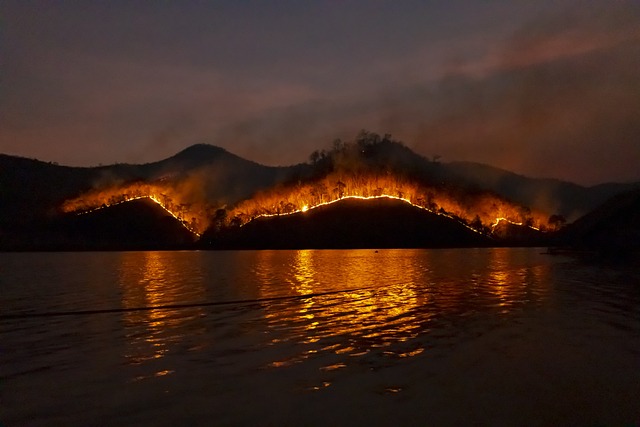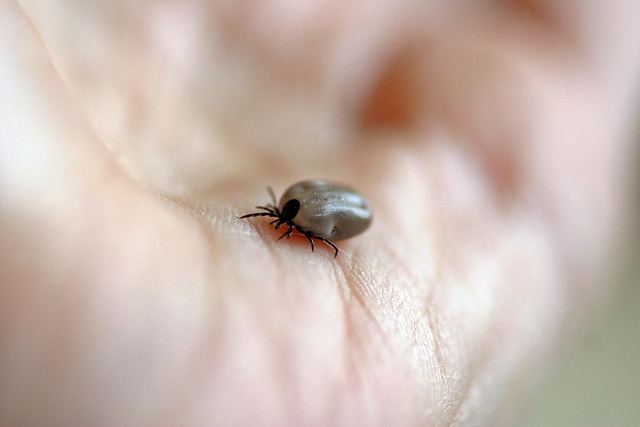
Hazardous Substances
Understanding Hazardous Substances
In a world where the phrase "toxic relationship" has taken on a whole new meaning, hazardous substances are the real deal. These materials can cause harm to humans, animals, or the environment, and they come in various forms: chemicals, gases, liquids, and solids. Whether they're lurking in your cleaning supplies or hiding in the depths of industrial sites, it's essential to know what you're dealing with. Let's dive into this slightly scary but entirely necessary topic!
What Makes a Substance Hazardous?
According to the U.S. Environmental Protection Agency (EPA), hazardous substances are materials that can cause significant harm. They can be found in many industries, including manufacturing, construction, and agriculture. But not all hazardous substances are created equal; some are more dangerous than others. The EPA has compiled a list of about 800 hazardous substances, each with its own reportable quantity. Think of it as a VIP list for substances that should probably stay away from your lunch.
Common Types of Hazardous Substances
Hazardous substances can be categorized into several types. Here are a few that you might encounter:
- Chemicals: These can range from household cleaners to industrial solvents. Always read labels and safety data sheets (SDS) to know what you’re working with.
- Gases: Some gases, like carbon monoxide, are colorless and odorless, making them particularly sneaky. Always ensure proper ventilation!
- Liquids: Think of those mysterious bottles in the back of your cabinet. If you can’t pronounce it, it might be best to dispose of it safely.
- Solids: This category includes everything from batteries to certain types of waste. Be cautious when handling!
The Impact on Health and Environment
Exposure to hazardous substances can lead to various health issues, ranging from mild irritations to severe illnesses. The Occupational Safety and Health Administration (OSHA) regulates worker exposure to these substances, ensuring that safety measures are in place. But what about the environment? Hazardous substances can contaminate soil, water, and air, leading to long-term ecological damage. It’s like throwing a party and forgetting to clean up afterward—nobody wants to deal with the aftermath!
Staying Safe: Tips and Tricks
So, how can you protect yourself and the environment from hazardous substances? Here are a few tips:
- Read Labels: Always check the labels on products you use. If it says "hazardous," proceed with caution!
- Use Protective Gear: If you're working with chemicals, don’t skip the gloves and goggles. Safety first!
- Proper Disposal: Don’t just toss hazardous waste in the trash. Check local regulations for safe disposal methods.
- Stay Informed: Knowledge is power! Stay updated on the latest safety guidelines and regulations.
Conclusion
Hazardous substances are a part of our world, but with the right knowledge and precautions, they don’t have to be a source of fear. By understanding what these substances are and how to handle them safely, we can protect ourselves and the environment. So, next time you reach for that bottle of cleaner, remember: safety first, and maybe put on some gloves—your future self will thank you! 🧤

















 Meet the Dragonkin Soldier: Your Next Big Challenge!
Meet the Dragonkin Soldier: Your Next Big Challenge! 
 Health
Health  Fitness
Fitness  Lifestyle
Lifestyle  Tech
Tech  Travel
Travel  Food
Food  Education
Education  Parenting
Parenting  Career & Work
Career & Work  Hobbies
Hobbies  Wellness
Wellness  Beauty
Beauty  Cars
Cars  Art
Art  Science
Science  Culture
Culture  Books
Books  Music
Music  Movies
Movies  Gaming
Gaming  Sports
Sports  Nature
Nature  Home & Garden
Home & Garden  Business & Finance
Business & Finance  Relationships
Relationships  Pets
Pets  Shopping
Shopping  Mindset & Inspiration
Mindset & Inspiration  Environment
Environment  Gadgets
Gadgets  Politics
Politics 